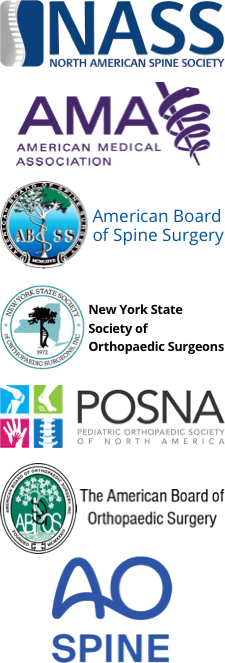I have treated numerous patients suffering from neck fractures, and each injury is different from the next. A neck fracture can happen for many different reasons. Common causes include falls, collisions, diving into shallow water, sudden twists to the neck or severe blows to the head and neck area. The first thing I do with an injured patient is assess the severity of the injury. Is it associated with dislocation or instability? Which cervical bones are broken? Is there a spinal cord or nerve injury? This information helps me determine the best option for treatment. Common treatment options include immobilization, bracing and surgery.
Immobilization is safest immediate option at the accident scene, when there is a possibility of a broken neck, as it minimizes or prevents further spinal cord injury. Bracing is recommended as ongoing treatment for minor or stable fractures, when allowing the neck to become more stable. A neck brace or collar is often worn until the neck completely heals, usually lasting between 8 – 12 weeks. Certain exercises are often used for a fractured neck that will strengthen and stretch the muscles supporting the cervical vertebrae. This is essential for proper recovery, and is often done with a physical therapist, who assists with acquiring full range-of-motion and strength during the healing process.
For more severe or unstable fractures, surgery is often required. The goal of surgery is to remove any bone that may be compressing the spinal cord or nerve, and then stabilize the injured area. This is usually done using titanium plates or screws/rods, as well as vertebral replacement cages. Surgery can be done from the front or back of the neck, and sometimes a combined approach is necessary
Like every other injury, it’s hard to put a target on those who are at risk for a neck fracture. We do, however, have a grasp on the reoccurring trends like age, osteoporosis, contact sports, car accidents (and not wearing your seatbelt), and trauma to the head, chest, or pelvis. And like I said in my earlier post regarding ATV injuries, I can recommend ways to avoid harm, but it’s up to the patient to carry them out.










